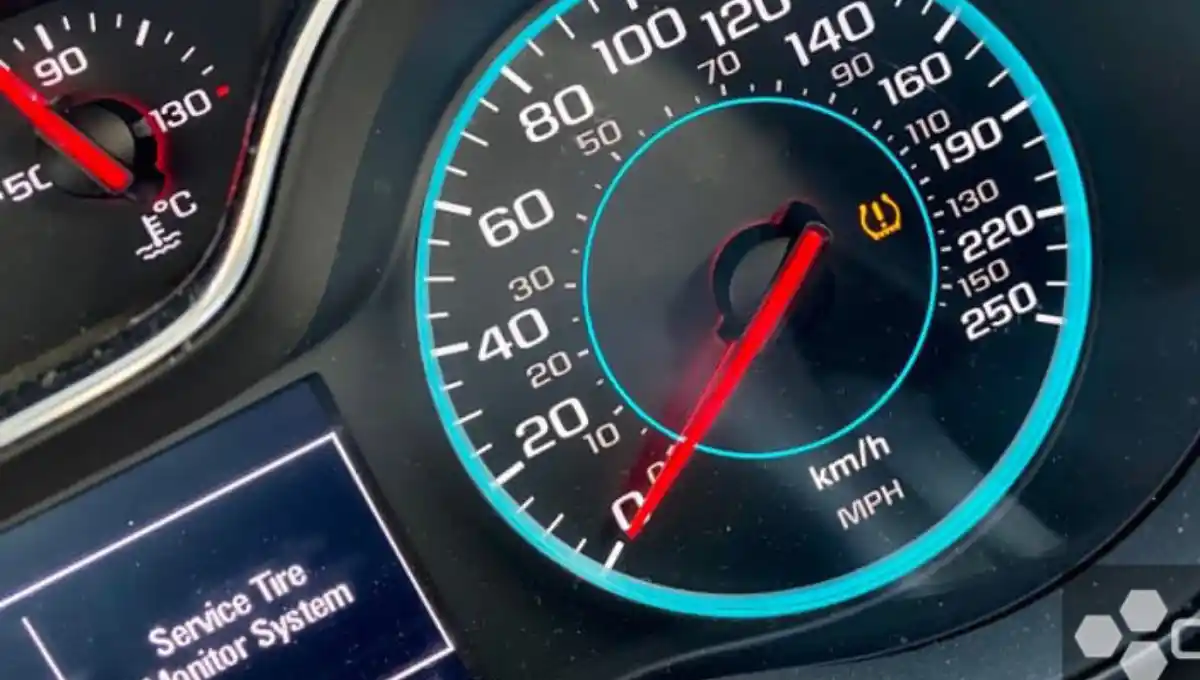The Service Tire Monitor System is an vital function in modern vehicles that enables song tire pressure and indicators drivers to capability troubles, ensuring more secure riding conditions. However, like several car gadget, the Service Tire Monitor System can every so often malfunction or show erroneous readings, leaving drivers unsure of a way to proceed.
In this article, we will guide you thru the steps to fix the Service Tire Monitor System, from troubleshooting not unusual problems to resetting the system and addressing capability sensor issues. By the stop, you may have the information to repair the functionality of your tire tracking gadget and make sure your automobile’s safety and overall performance.
What is a Service Tire Monitor System?
A Service Tire Monitor System (frequently referred to as TPMS, or Tire Pressure Monitoring System). An advanced safety characteristic in current vehicles that video display units the air pressure in every of the tires. The machine is designed to alert the driving force while tire stress is simply too low or while there may be an problem with the device itself, assisting to prevent tire blowouts, improve gas efficiency, and decorate normal vehicle safety.
The machine uses sensors mounted in every tire (or the valve stem) that constantly degree the tire strain. If any tire’s strain falls below a sure threshold, the system triggers a caution light at the dashboard, commonly fashioned like a horseshoe or with an exclamation mark. There are two primary types of TPMS: direct and indirect. Direct TPMS makes use of sensors to degree tire strain, while oblique TPMS monitors the rotation of the tires through the automobile’s ABS (Anti-lock Braking System) to come across underneath-inflation.
If the gadget detects a malfunction or failure, it could display a Service Tire Monitor System caution, indicating that the machine wishes interest. This will be because of low tire strain, a faulty sensor, or other technical issues in the system.
How Does It Work?
The STMS operates via a community of sensors mounted in every tire and a manage module in the vehicle. Here’s a breakdown of its components and how they paintings together:
Tire Pressure Sensors: These sensors are commonly located inside the tire valves or inside the tire itself. They measure the air stress and temperature of each tire and ship this data to the manage module.
Control Module: This is the crucial unit that receives statistics from the tire pressure sensors. It analyzes the facts and determines whether or not the tire strain is inside the encouraged range.
Dashboard Alerts: If the manage module detects a hassle, along with low tire strain or excessive temperature, it triggers a warning mild or message on the car’s dashboard.
Data Display: Some advanced STMS units also show real-time tire information on a display, supplying drivers with a clear view of their tire fitness.
Benefits of a Service Tire Monitor System
- Enhanced Safety: By imparting real-time statistics on tire stress and temperature, the STMS helps prevent blowouts, which could lead to injuries. Proper tire preservation reduces the risk of skidding and improves universal vehicle control.
- Improved Fuel Efficiency: Properly inflated tires make certain surest gas performance. Under-inflated tires create extra rolling resistance, leading to elevated gasoline intake. The STMS allows hold the ideal tire strain, contributing to better fuel mileage.
- Extended Tire Life: Regular monitoring of tire conditions enables in early detection of capacity problems, including choppy wear or low pressure. Addressing those issues right away can enlarge the lifestyles of your tires.
- Cost Savings: By preventing premature tire wear and enhancing gas performance, the STMS can cause giant fee financial savings in the long run. Additionally, avoiding tire-related breakdowns can shop on roadside assistance and restore expenses.
Common Issues and Troubleshooting
- Warning Light Issues: Sometimes, the dashboard warning light might also light up although the tire strain is ordinary. This might be because of a malfunctioning sensor or a want for gadget recalibration. Regular protection tests can help perceive and remedy those issues.
- Sensor Battery Life: Tire stress sensors have batteries that may want substitute through the years. If the sensors fail, the STMS won’t provide correct readings. Replacing the sensors or their batteries as needed is essential for retaining machine capability.
- System Calibration: After converting tires or acting great maintenance, the STMS can also require recalibration to ensure accurate readings. Follow the producer’s instructions for correct calibration tactics.
Maintenance Tips
- Regular Inspections: Periodically test the STMS sensors and make sure they are functioning efficaciously. Look out for any caution lights or messages and address them right away.
- Keep Tires Properly Inflated: Regularly take a look at and maintain the precise tire stress consistent with the producer’s specs. Use a reliable tire pressure gauge to make sure accuracy.
- Monitor Tire Health: Regularly inspect your tires for signs and symptoms of wear and tear, harm, or other troubles. Address any worries right now to save you similarly complications.
- Seek Professional Help: If you enjoy chronic troubles along with your STMS or tire health, seek advice from a expert mechanic or tire expert for a radical inspection and repair.
Conclusion
In conclusion, the Service Tire Monitor System performs a vital function in retaining the protection and performance of your vehicle with the aid of monitoring tire stress and alerting you to capacity issues. While the machine can sometimes stumble upon malfunctions, knowledge a way to troubleshoot and fasten commonplace problems, which include resetting the device or replacing defective sensors, can help restore its capability.
Regular maintenance and interest to tire stress not best ensure the gadget works nicely however also decorate ordinary automobile overall performance, fuel efficiency, and protection on the road. By addressing any warning signs promptly, you may hold your Service Tire Monitor System in gold standard condition and prevent capability tire-related risks.
FAQs
How do I clear my service tire monitor message?
To clean the Service Tire Monitor message, make sure all tires are nicely inflated, then press and hold the TPMS reset button till the mild blinks. If the message persists, force for 10 minutes or check for sensor troubles.
How to fix tire pressure monitoring system?
To repair a Tire Pressure Monitoring System (TPMS), start by checking that all tires are well inflated. If the tire strain is accurate, try resetting the system by way of protecting the TPMS reset button for 10-15 seconds. If the mild remains on, it may indicate a faulty sensor, which can also want replacing. In a few cases, driving for approximately 10 minutes at 50 mph can assist recalibrate the device. If the issue persists, consult a mechanic to diagnose and replace any damaged sensors or batteries.
Where is the tire monitor reset button?
The tire reveal reset button is normally located under the dashboard, close to the steering column, or within the glove compartment. In a few cars, it is able to additionally be found within the motive force’s aspect door panel or close to the fuse field. Check your car’s guide for the precise area. To reset the device, turn the ignition on (with out starting the engine), press and preserve the button till the tire pressure mild blinks or turns off.




